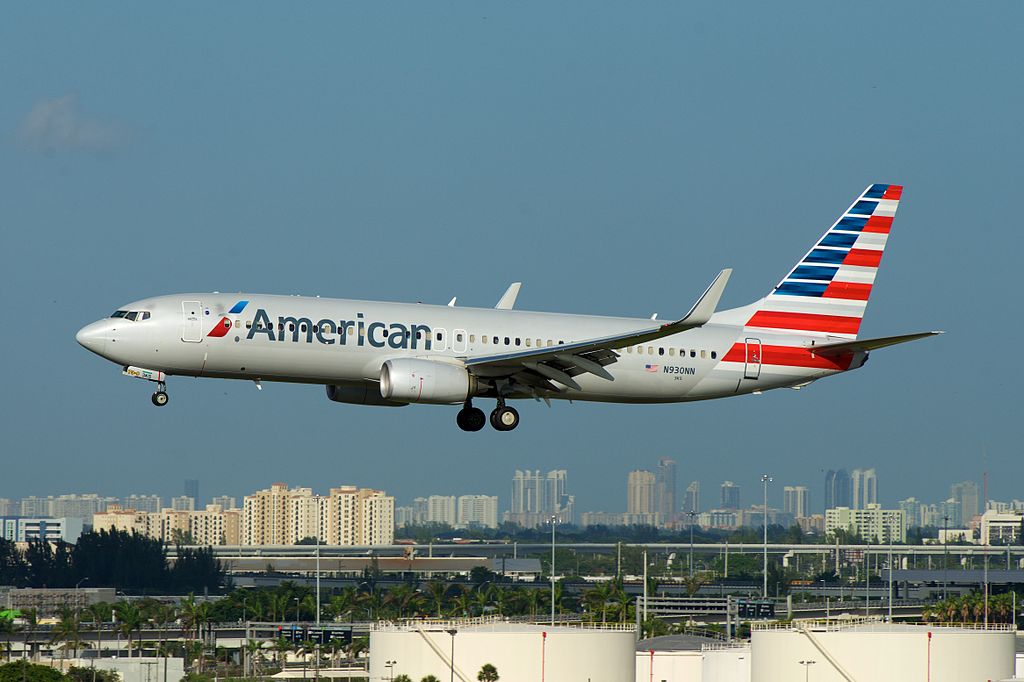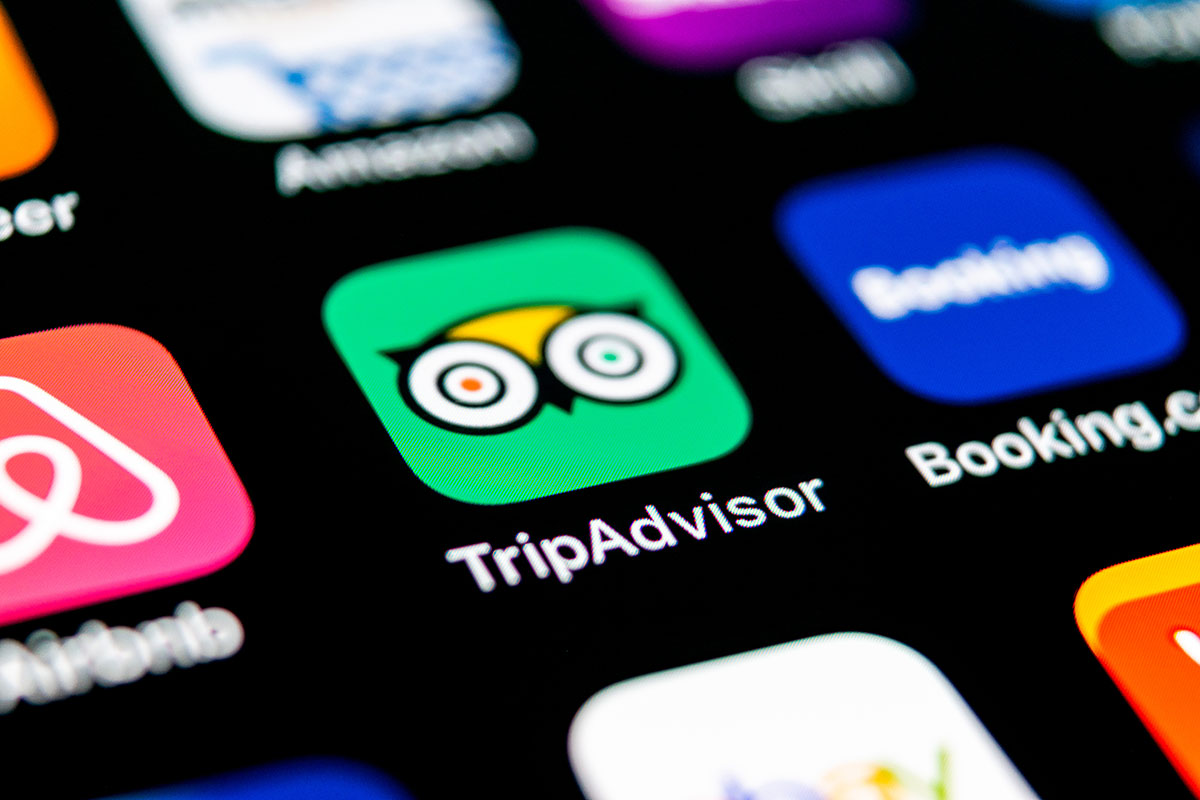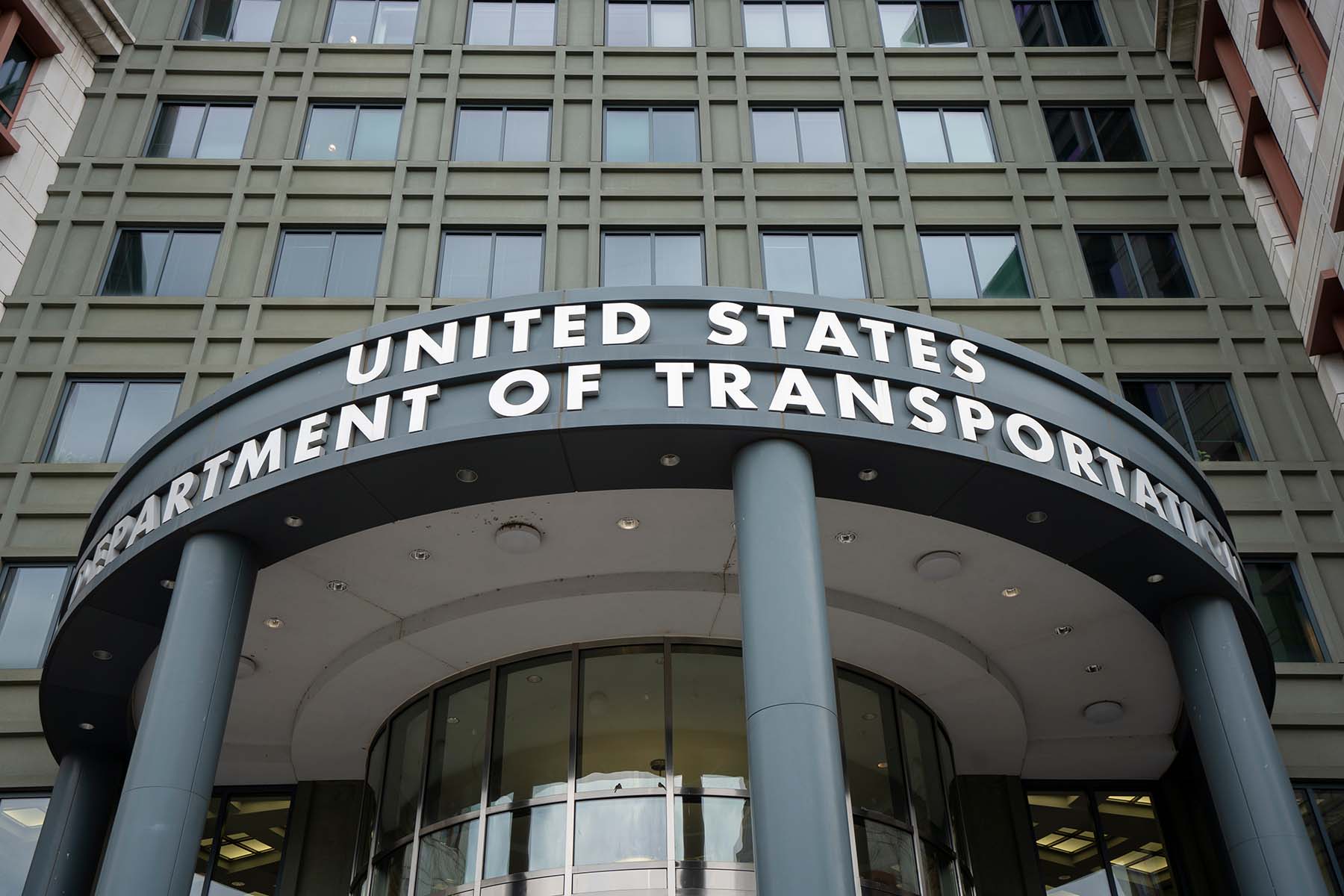American Airlines May Furlough Staff Again as Travel Recovery Lags

Skift Take
American Airlines CEO Doug Parker stood steps from the U.S. Capitol just four months ago, calling on Congress to provide billions of dollars in additional aid. The funds would allow airlines to forgo involuntary furloughs — likely for good — in the middle of the coronavirus pandemic and an economic recession.
Fast forward from that September afternoon and Parker is singing a very different tune. With the recovery in air travel slowing, furloughs are on the table for American after the latest round of federal relief expires on March 31. And that’s not all, despite promises that the industry would not need additional aid, unions are in talks with the Biden administration about the possibility of yet another round of payroll support this spring.
“We had hoped that demand would be — would have picked up, maybe not so much by April, but into the summer. That hasn't happened yet,” Parker told investors during American’s fourth quarter earnings call on Thursday. The carrier will “need to address” its staffing levels if demand does not pick up in the next two months, he added.
The airline recovery has stalled. The Transportation Security Administration (TSA) screened just 468,933 people on Tuesday, the lowest number since July. New international testing requirements are depressing bookings, especially on short-haul flights like those to the Caribbean and Mexico. And the possibility of new Covid test rules for domestic flights could be a “crushing” blow, as one senior industry executive put it, to the still feeble recovery.
The outlook from American and other carriers paints a grim picture for the winter months. Most expect no improvement in the first quarter from the fourth quarter with the slow roll out of vaccines and continuing high Covid-19 infection — and death — rates.
In his comments Thursday, Parker did not say how many staff could face furloughs in April. Discussions are ongoing with unions on the subject with more voluntary measures likely before any involuntary actions, he indicated.
American furloughed 19,000 employees — the most of any single U.S. carrier — on October 1 when employment protections under the first CARES Act expired. It recalled staff just before Christmas after Congress approved a $17 billion extension.
Testing Risk
The possibility of Covid-19 testing requirements for all U.S. domestic flights is top of mind for many in the industry. While potentially necessary to slow the spread of the virus, such a move would undoubtedly further slow the recovery just as airlines were getting optimistic about 2021.
“Domestic testing … seems like something that would both be difficult, and have us testing Americans on airplanes that we know is safe,” Parker said when asked about the possibility. He added he does not necessarily oppose such a move but that further discussions with the administration are needed.
The Covid testing requirements for international arrivals that began Tuesday have depressed bookings, he said. An expanded mandate would likely have a similar affect on domestic travel.
The possibility of domestic Covid-19 testing rules was raised by the Centers for Disease Control and Prevention (CDC) on Tuesday. The agency said it is “actively looking” at the option amid the Biden administration’s push to control the pandemic, which has taken the lives of more than 425,000 Americans in a year.
There is evidence to suggest testing requirements do slow the spread of Covid-19. Hawaii credits its rules for allowing it to reopen to visitors in October while keeping the number of infections under control.
However, Hawaii benefits from an ocean between itself and the continental U.S. The benefits of requiring a negative test for a domestic flight would be limited if travelers could freely drive, or take the bus or train, between states.
American notably avoided providing any guidance of a tipping point in the travel recovery. Other carriers, including Delta Air Lines and United Airlines, have said they expect a rapid travel recovery to occur seemingly suddenly later this year — anytime from spring through Labor Day — once Covid vaccines are widely available. However, these comments were made before the possibility of domestic testing rules.
Structural Efficiencies
“By the time we get to December, we have the ability to produce 2019 level capacity on about 110 fewer airplanes,” American chief revenue officer Vasu Raja said Thursday.
Those numbers represent a dramatic operational savings for the airline. By management’s estimates, American has permanently reduced annual expenses by roughly $500 million during the crisis.
The savings are multifold. Part comes from the headcount cuts that include a one-third reduction in the carrier’s management ranks, plus the many voluntary departures in 2020. Another part is from the fleet renewal that occurred last year.
American retired some 136 jets, including all of its Airbus A330s, and Boeing 757s and 767s, in 2020. They will eventually be replaced by new models with the latest technology, including the Boeing 737 Max and 787. And, in many cases, these replacement aircraft have more seats than the ones they replace resulting in further savings — and the ability to recover to pre-pandemic flying levels with fewer planes.
These moves will be on display for flyers this year. For example, American plans to swap small, 50-seat regional jets for larger models with a first class cabin when a new concourse opens at Washington Reagan National airport this July. The number of flights will not change but the airline will be able to transport more passengers at lower costs after the shift.
“We believe the structural changes made in 2020 will allow us to make industry leading revenues,” said American President Robert Isom on Thursday.
And The Numbers
American reported a $2.2 billion net loss during the final three months of 2020. Revenues fell 64 percent to $4 billion on a 38 percent drop in expenses to $6.5 billion. The airline’s daily loss — or cash burn — stood at an average of $30 million a day during the period.
The airline does not expect a material improvement in the first quarter. Revenue is forecast to drop 60 to 65 percent compared to the same period in 2019, and it plans to reduce capacity by about 45 percent. Cash burn is expected to hold steady at roughly $30 million a day.
For the full year, American’s net loss was $8.9 billion. Revenues slid 62 percent to $17.3 billion and expenses 35 percent to $27.8 billion. The airline flew nearly 62 percent less passenger traffic after halving capacity in 2020.
“(This year) will be a year of recovery,” said Parker. “There's still a lot of unknowns, of course, when or how quickly demand will return. [But] make no mistake, it will return.”




